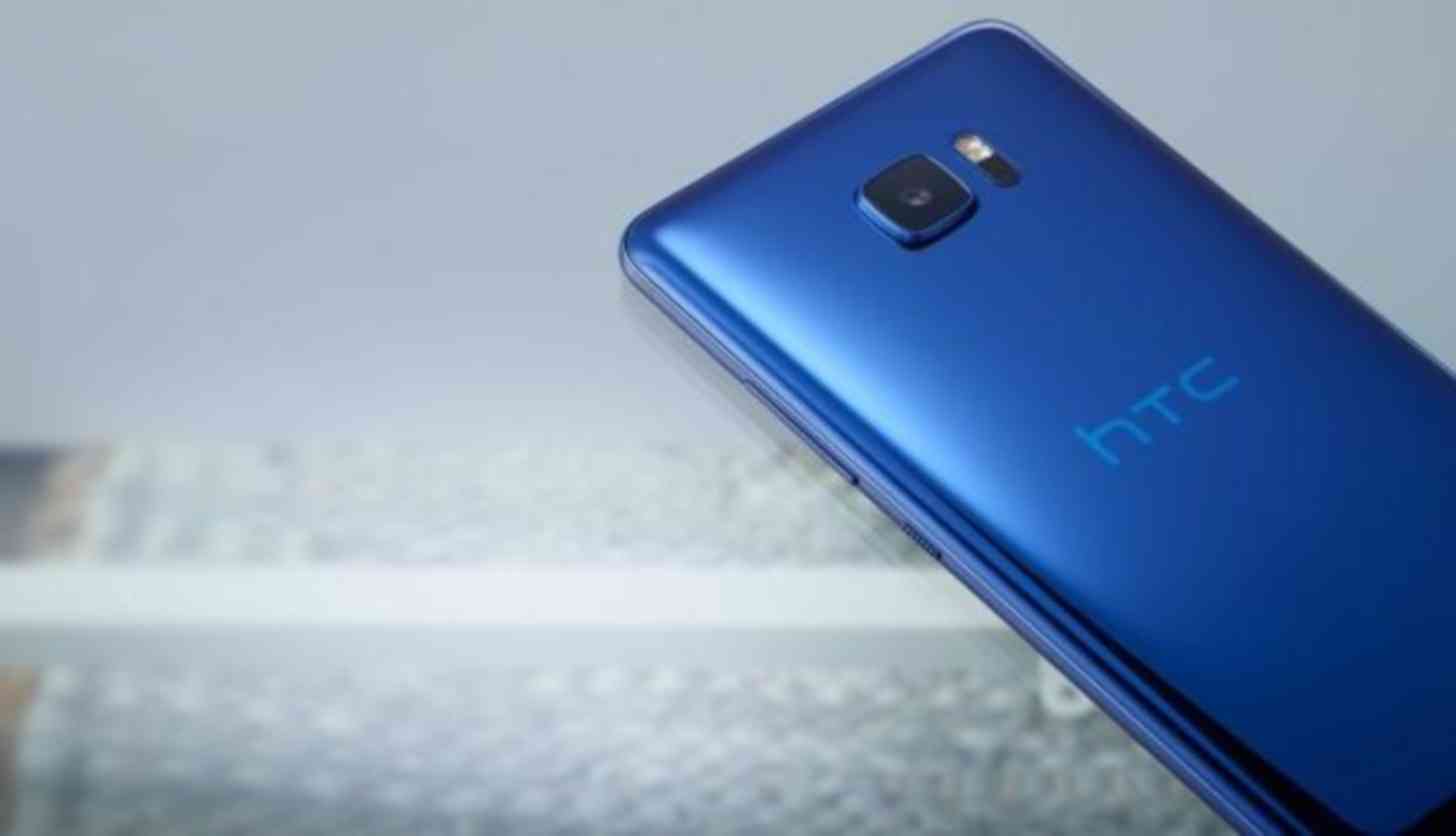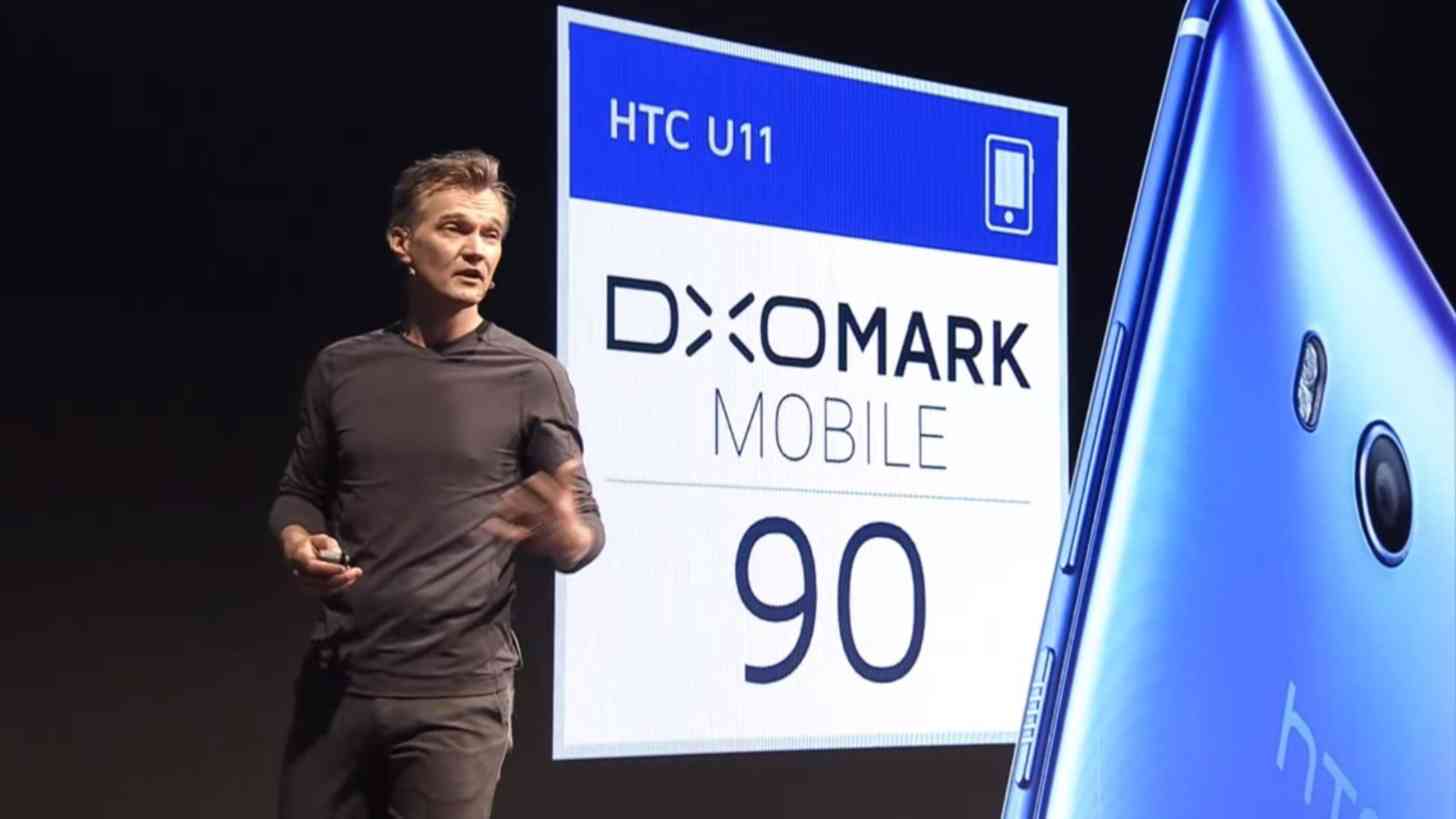
Oftentimes, I will brainstorm an outline for an article based on rumors. Sometimes this saves me time because the rumors were correct, and other times it’s a big waste of time because everything was wrong. Today’s announcement of the HTC U 11 was a little bit of both for me. I had already written out a good portion of the article beforehand, and while the specs didn’t change, as I watched the stream my opinion on the device did.
I’ll preface this by saying I’m kind of biased. I’ve said it before and I’ll say it again: I am an HTC fan. They’ve made some of my favorite phones over the years, and I want them to succeed. While the M9 was a blunder in 2015, last year’s HTC 10 was actually quite good. Unfortunately, it was also quite forgettable for a number of reasons. During the event, I wondered whether the HTC U 11 would suffer the same fate.
Announced in the wee hours of the morning stateside, the HTC U 11 features:
Recently it has become necessary to mention whether or not a smartphone features a 3.5mm headphone jack or not. Unfortunately, HTC omitted it from the U 11, just as it had with the U Ultra. For many, it’s a non-issue; for others, it’s worth mentioning. On the plus side, HTC will ship a USB-C to 3.5mm adapter in the box, so there’s that.
The specs aren’t anything we haven’t seen before, but they are competitive for what we’ve seen in 2017. What’s really special about the HTC U 11 is its Edge Sense feature. As early teasers for the device suggested, the HTC U 11 is all about trying to be your main squeeze. Literally.
Users can use Edge Sense in two different ways: long squeeze and short squeeze. You can basically assign any actions to your squeezes (opening an app, taking photos, activating voice control, just to name a few examples), which puts Edge Sense about 10 steps ahead the Samsung Galaxy S8’s unmappable designated Bixby button. It also works while wet or with gloves on, considering that it’s pressure-based and not capacitive.

The camera was a pleasantly surprising focus, and it would seem that HTC finally found their sweet spot between megapixels and their signature UltraPixel technology. HTC claims that their camera is the “only highest ranked phone camera ever”, rated by DXOMark Mobile. That puts the HTC U 11’s camera ahead of the Galaxy S7/S8 and Google Pixel, a few of the best rated smartphones cameras already on the market. HTC also put a surprising amount of effort into their front-facing camera with a 16-megapixel shooter and 150-degree wide angle lens.
The HTC U 11 will allow users to choose between three different voice assistants: Google Assistant, Amazon Alexa, or HTC Sense Companion. The four microphones are said to help hear commands from distant proximities.
Like its progenitors, the HTC U 11 doesn’t deviate from its reputation for great sound. The HTC U 11 comes with enhanced BoomSound technology, as well as a pair of USonic noise-cancelling earbuds in the box. The four microphones are also useful for producing “3D Sound” in video recordings. Audio is adaptive to zoom, which means that as you zoom in on a subject, the audio coming from that subject is supposed to record louder as well, as if you were physically walking closer to it.
Design-wise, I’m torn. I love the bold colors, particularly the Solar Red. However, I loathe glass backs, and HTC’s “liquid surface” appears to be more glass than not. While they did add IP67 dust and waterproof ratings, I’ve become increasingly concerned about the overall stability of my smartphone, especially after experiencing a recent shattering of my own. The HTC U 11 has slightly curved edges on both sides, which makes me nervous. However, along with the USB-C to 3.5mm adapter and the USonic headphones, HTC also includes a clear free case. It doesn’t look too protective, but at least it’s something. Like the U Ultra, it’s shiny and it’s pretty, but anything glass-like is terribly impractical to put on the back of a phone from my perspective.
The top and bottom bezels are quite large, with the chin featuring a physical home button. I never really have been tough on bezels or how big or small they are. I don’t seem to notice either way. But shrinking bezels are a pretty big deal this year, so it will be interesting to see if it will have an effect on purchasing decisions if the HTC U 11 is placed next to devices like the Galaxy S8 or LG G6 on retail shelves.
In the end, I tried to take everything into consideration. I was hoping HTC would continue to utilize the metal unibody they had become so well-known for, because I’ll take dents over a shattering any day. On the other hand, I hate the glass back equally as much on the Samsung Galaxy S7, but I still like the device, so it seems unfair to hold that against HTC. The colors are bold and bright, the specs are great, and most importantly (in my opinion) HTC did something different that seems like it could be quite useful. Of course, real world testing is in order to make sure that it works and isn’t prone to accidental squeezes, but it was still refreshing to see something different. HTC also included a bunch of accessories in the box, which was part of the reason why my opinion of the U Ultra was so negative (no headphone jack; no adapter). However, the HTC U 11 seems well thought-out. It almost makes the HTC U Ultra seem like a bad placeholder.
Without pricing and knowledge of whether HTC will push marketing on the HTC U 11 or not, it’s impossible to estimate how well it will do. The HTC U 11 is estimated to start at $649, which would make it $100 less than the U Ultra. With the device launching next week in specific regions and full availability in early June, we will find out soon enough.
Readers, what are your thoughts on the HTC U 11? Are you considering making this phone your next main squeeze? (Or daily driver. Same thing.)